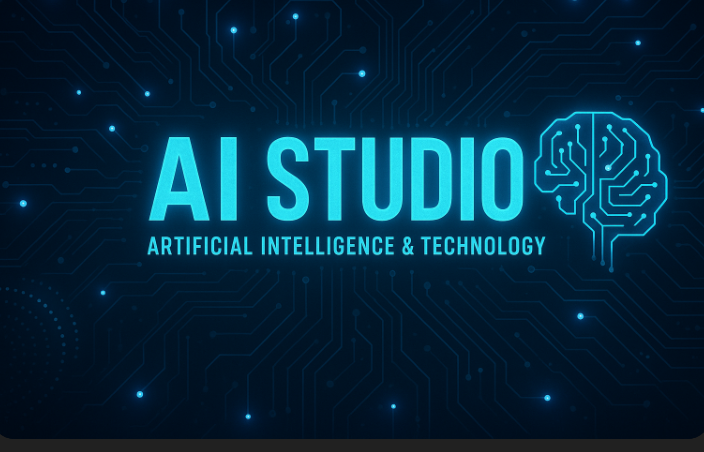Will AI Replace People Without AI “Skins

It’s very possible that in the future, people without some form of AI augmentation (whether visual, cognitive, or social) might feel outpaced or even “replaced” in certain roles.
We’re already seeing early signs:
AI tools boost creativity, productivity, and decision-making.
In the future, having no AI “skin” (or companion) could be like showing up to a high-tech job without a smartphone today — technically possible, but a huge disadvantage.
Nice — in that case, the future is likely less about people being “replaced” and more about people with AI tools outcompeting those without them.
It’s already happening in areas like:
- 💡 Designers using AI for instant mockups.
- 👨💻 Developers using AI to write and debug code faster.
- ✍️ Writers using AI for brainstorming and editing.
- 📊 Managers using AI for summaries and decision support.
So practically, AI won’t “replace” people — but people who use AI will replace people who don’t — unless the job really values purely human traits (like physical presence, emotional connection, or real-world trust).
In insurance customer service, the shift is already practical and visible:
- AI won’t replace humans completely — but…
- Agents with AI will replace agents without it.
💡 How This Plays Out
- AI assistants handle first-line questions:
→ Policy info, claim status, coverage limits — instantly. - Humans step in when emotions, negotiations, or exceptions happen.
🔮 The Future Agent Toolkit
- An AI system listening in, surfacing customer data and suggesting responses in real-time.
- AI drafting follow-ups, summarizing calls, flagging compliance issues.
- Predictive AI suggesting next-best actions for upselling or customer retention.
💡 Summary:
The people who master working with AI will be the ones who stay. The ones who don’t adapt will likely see their roles automated at the routine level.
🚀 Future AI-Enhanced Insurance Customer Service Flow
Step 1: Customer Initiates Contact
- Enters via chat, phone, or voice assistant.
- AI greets the customer, identifies them, and pulls up policy instantly.
Step 2: AI Handles Routine Queries
- Coverage questions, claim status, document requests — handled automatically.
- AI can flag upsell opportunities:
“Did you know your car isn’t covered for hail? Want to add it now?”
Step 3: Human + AI Collaboration
- Complex or emotional queries are handed to human agents.
- AI listens and offers real-time suggestions:
- Policy facts
- Past claims
- Legal guidance
- Predicted customer mood
Step 4: AI Documents the Interaction
- AI drafts the summary and logs it into the CRM.
- Flags any non-compliant issues for review.
Step 5: Follow-Up & Relationship Building
- AI schedules follow-ups.
- Sends personalized emails based on the conversation tone.
💡 Why This Works
- Customers get instant answers 24/7.
- Humans focus on meaningful, emotional problems.
- Companies reduce costs, improve response time, and boost satisfaction.
🧠 This future is already emerging — some call centers are using basic versions today!